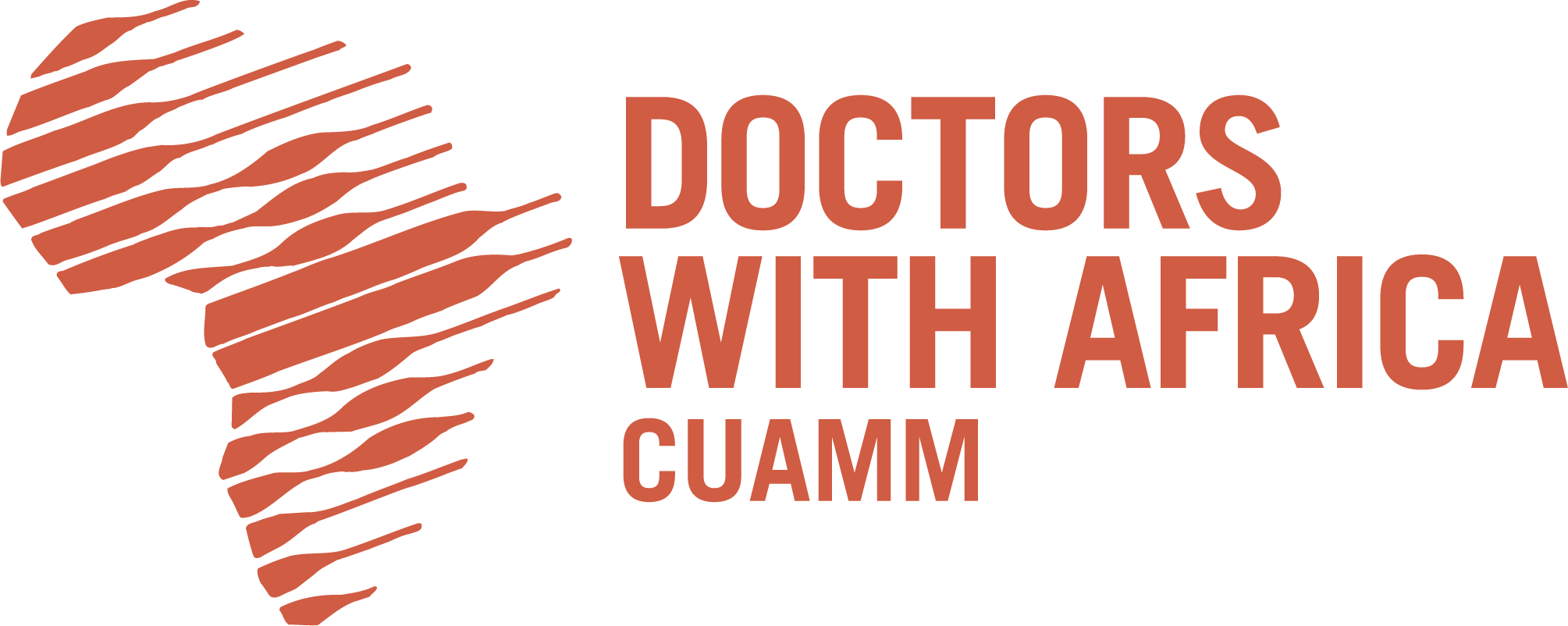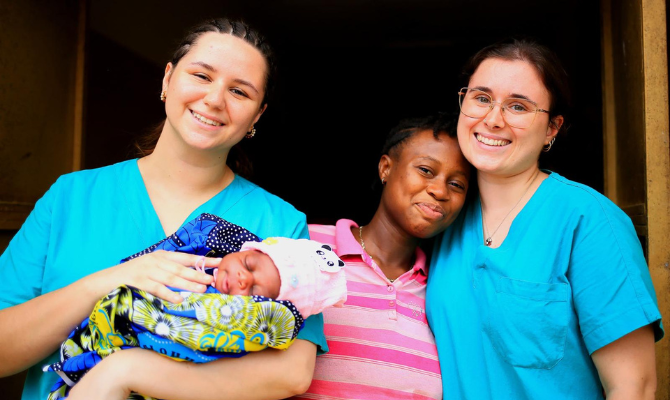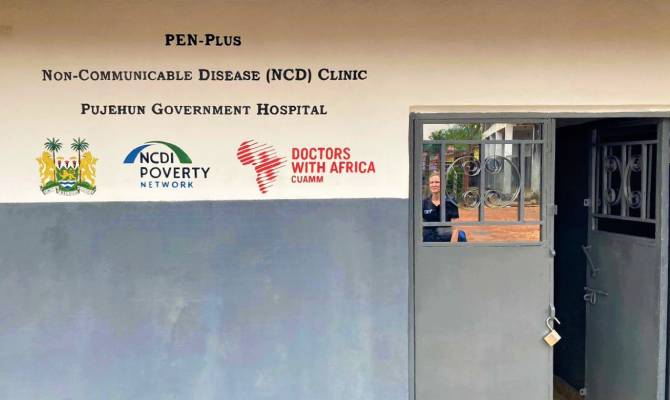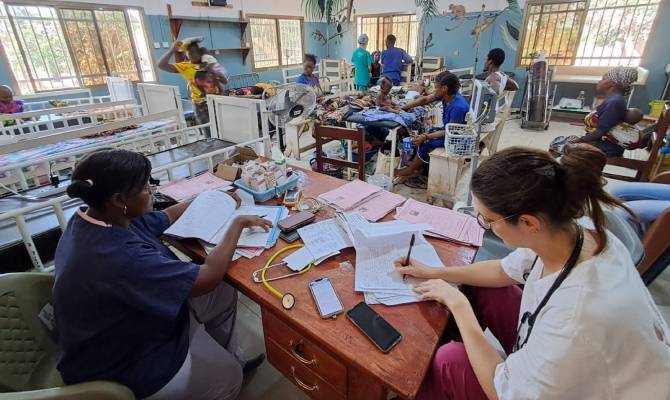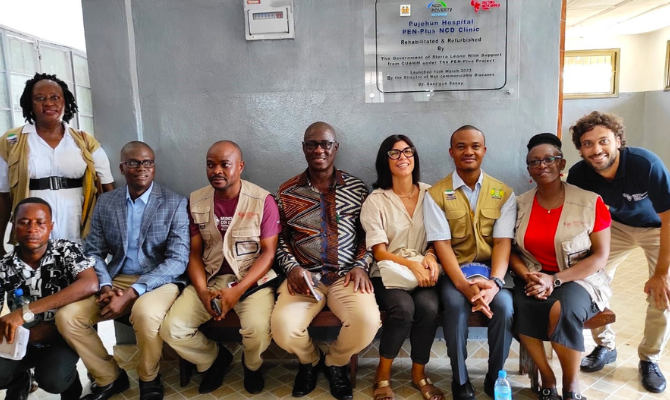Two fifteen-year-old girls, two parallel yet vastly different stories of motherhood. We heard about them from Elisabetta, midwife who has just returned from a year of civil service with Doctors with Africa CUAMM in Pujehun, Sierra Leone. A year full of sacrifices, joy, self-discovery, and encounters with others—too rich to sum up in a single conversation. But when asked, “Which stories left the deepest impression on you?”, she has no hesitation.
Two faces, two names: Amie and Kadija. Same age, same situation—a pregnancy faced without support. What sets them apart, however, seems to be their sense of hope for the future.
“Amie arrived at the hospital and gave birth to a premature baby boy,” recounts Elisabetta. “Despite many challenges, the healthcare staff managed to keep him alive. But it wasn’t enough to comfort her. During her entire stay, I never saw her smile. It was very hard for her to open up. I tried to create a relationship with her, to better understand what she was thinking, but I never managed to. Her story will stay with me forever because at some point, she decided to leave the hospital—with her baby. We don’t really know why. Maybe there was pressure from her family, possibly to reduce hospital costs.”
Elisabetta remembers the day Amie made that decision—perhaps not really free from external influence. She recalls the room Amie was in, and a crowd of people surrounding her, all offering different opinions. In the middle of it all, Amie. Fifteen years old may be too young to bear the weight of your child’s fate.
“The doctors were strongly opposed to her discharge because the baby was so tiny, with very little chance of survival. But she left anyway. I’ll never really know why or what she was thinking. I asked myself how hard it must be, for a girl her age, to make such a decision. When I was her age, I could barely decide what movie to watch—she had to choose whether to walk away with a 1.5-kilo baby in her arms.”
Beside this story—whose ending remains unknown, though it’s hard to imagine a happy one—there is another. The story of Kadija. Also fifteen, from the moment she arrived at the hospital she radiated energy. Kadija was a force of nature—tireless, full of a will to live and love.
“In the evenings, I’d see her walking around the town. I’d say, ‘Kadija, you have to go back to the hospital! You’re still admitted!’ She spent two months in the Maternity Waiting Home before giving birth, but she never stopped moving, never rested.”
The Maternity Waiting Home is a place within or near the hospital where pregnant women can safely wait for childbirth. They are monitored and supported in a calm and safe environment. A simple yet effective way to prevent maternal and neonatal deaths. Kadija’s approach to her time there was anything but ordinary.
“Every day, she’d take children for a walk. At one point, she even started helping the woman who sold diapers and other baby goods in front of the hospital… She wanted to work and had a clear goal: to go back to school after the baby was born. She was from Freetown, the capital, but due to family issues, she ended up in Pujehun completely on her own. What struck me about her was that, despite her young age, she was incredibly determined to fight for herself and her baby.”
Thanks to the care of the health staff and the loving support of Elisabetta, the delivery went well. Kadija and her baby were able to go home quickly and in good health. She really wanted to return to school. I don’t know who will take care of her baby. Kadija’s path, too, will likely involve difficult choices. In Elisabetta’s eyes, there’s a shimmer of admiration for these two young women, who have experienced motherhood early in life. Different as they are, both carried the weight of their responsibilities with dignity.
